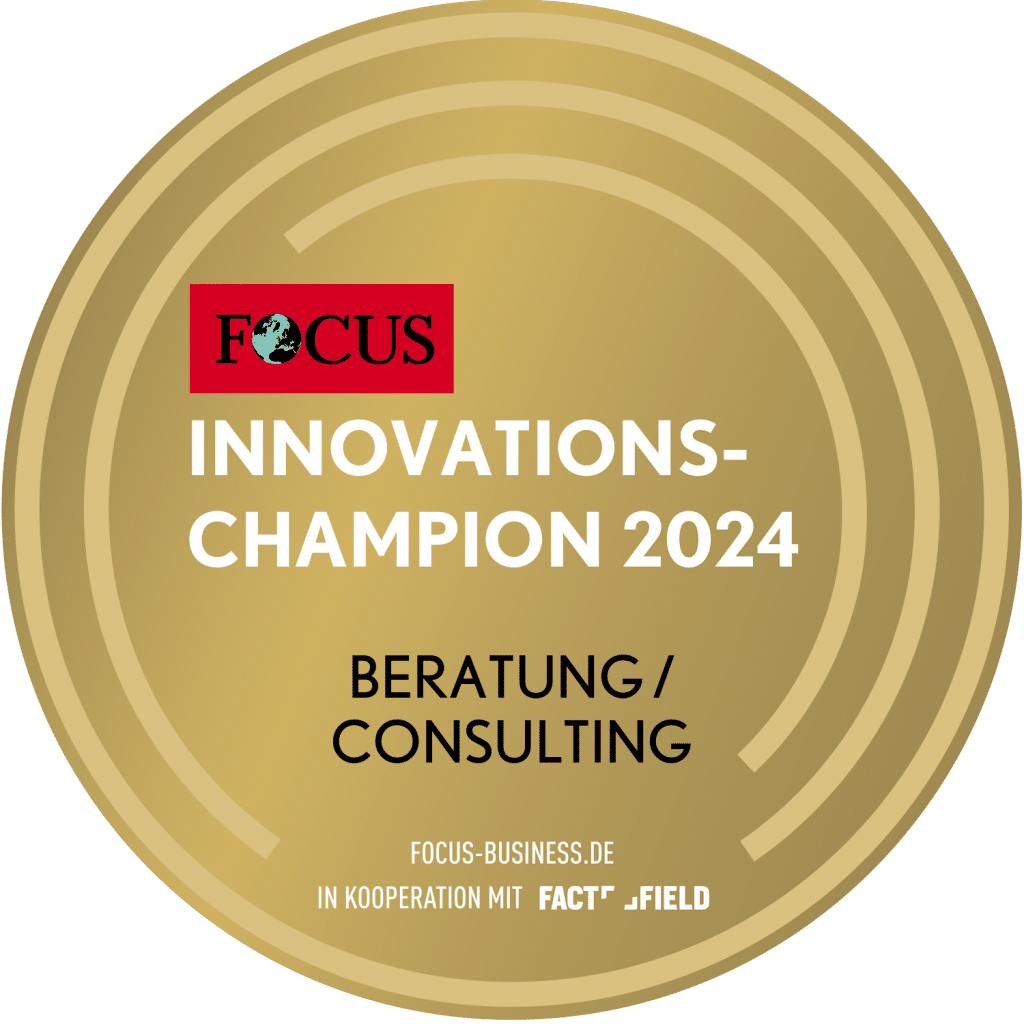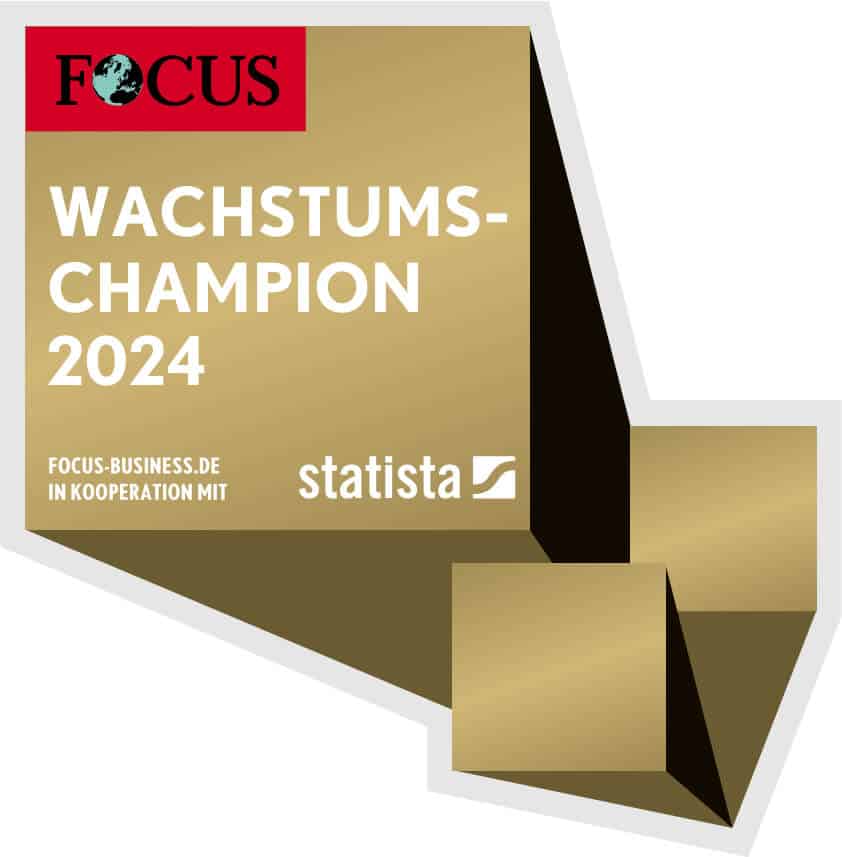Thanks to new tools such as robotic process automation (RPA) and the growing need for further automation, robots are no longer just taking over mechanical tasks. In the future, administrative activities such as finance will also be optimized. Over the next few years software robots will largely take over all standardized routine tasks in the office. Many companies are already opting to use RPA today, as they usually have to contend with limited resources and increasing requirements. The finance and controlling departments in particular offer a perfect area of application for robotic process automation due to their highly manual and therefore expensive, error-prone processes
What is Robotic Process Automation?
Under Robotic Process Automation (RPA) is a software-supported approach that is suitable for use in standardized processes. The robot is located at the user interface and is therefore able to imitate human activities. RPA can collect and evaluate data and then create analyses. The software has the same work instructions as the human and is given access rights to the required programs in order to carry out the necessary process steps. RPA is, so to speak, the intelligent automation of work processes that always run in the same way.
In contrast to RPA, traditional system solutions cannot create interfaces between the various systems, which is why they can often only automate individual process steps. RPA has the ability to link processes, even across the boundaries of the different programs used. The software acts as an intermediary between the different systems. For example, data is read from SAP, transferred to an Excel template and then sent by email.
Where can the RPA software be used?
A good example can be found in the Finance divisionin which RPA has already been used in numerous processes: 53% of companies that already use the software use it in the Finance & Accounting division. For example, it is used in the processing of accounting documents, the Invoicing process and the month-end closing in Controlling. Another example of the application is the reporting process. This uses various ERP systems such as SAP and databases, which collect and process data simultaneously. This creates a number of interfaces in the process that would be difficult to bridge without RPA.
What advantages does RPA offer?
The use of robotic process automation offers many advantages for a large number of companies. In recent studies by Deloitte the savings potential through the use of RPA is estimated at 60 to 80 percent of resources, as business processes are carried out five to ten times faster than before. The three biggest immediate advantages of robots over humans in this context are that they
- can work around the clock without a break
- have a significantly lower susceptibility to errors
- are very fast.
RPA also frees up the capacity of qualified employees, which can ideally be used for tasks with greater economic relevance.
However, it is not only the time saved by RPA that is an important positive factor, as the cost savings should also be considered. Deloitte shows that with the help of RPA a large proportion of personnel costs can be saved, as the robots only generate around ten to 30 percent of the costs of a full-time position. In addition, the costs of integrating RPA into the company are relatively low and can normally be amortized in less than twelve months.
In addition to cost and time savings, employee satisfaction can increase in companies that use RPA. This is due to the fact that employees no longer have to deal with time-consuming but low-value activities that lead to frustration and staff turnover. In addition, the susceptibility of processes to errors is reduced, which leads to an improvement in quality. However, if errors do occur, they can be found and rectified quickly as the software logs the entire process flow.
Optimization potential: For which processes is robotic process automation suitable?
To decide which financial processes are suitable for RPA, it is possible to carry out a cost-benefit analysis. The following applies: the lower the benefit and the higher the complexity, the less suitable the tested process is for automation. Repetitive processes with a clear set of rules and little room for discretion are particularly suitable. Processes that require complex decisions, intensive customer contact or a high number of variants are not suitable for process automation.
What criteria should a process in the financial sector have in order to be suitable for the use of robotic process automation?
A process should meet the following requirements for implementation by RPA in order to achieve maximum optimization effects:
- The process consists of many manual activities.
- The process is often repeated and takes a long time to complete.
- The process is characterized by manual activities.
- The process has a fixed set of rules.
- The process consists of electronic input. The input in turn comes from many different sources.
- The process consists of structured inputs.
- There are no exceptions in the process.
- The process has a high impact on quality.
Example of the use of a software robot: application of RPA to the quality loading process of goods on delivery
A company wants to save resources and improve the quality of processes by using RPA in the finance department. To implement this, the quality load process was identified as the most suitable based on the criteria.
Deliveries are checked for quality defects in the incoming goods department. If a defect is found in the goods, an inspector draws up an inspection report. This happens regardless of whether the goods are reworked in-house or sent back to the supplier. Once the inspection report has been completed, a folder is created overnight using SAP, for example, which is processed in the responsible finance department. Processing the folders does not require any specialist knowledge, as SAP runs through them automatically and the person processing them only has to confirm with the Enter key. Each folder must be clicked six times. When the folder is complete, a document is created for printing out and making it available to the supplier. The receipt must then be scanned in, having previously entered a multi-digit order number, so that it can be viewed under the appropriate order in SAP.
There are around 1,800 folders to process within the company each year. On average, an employee needs around two hours a week to process the folders. However, the quality defects are not evenly distributed throughout the year, which is why the number of folders varies. In some weeks there are very few, in others up to 150. This would mean that an employee would have to press the Enter key 900 times in order to scan 150 documents.
Based on the criteria, it is quite easy to see that the quality loading process lends itself to implementation with robotic process automation. This is because the process is rule-based and no specialist knowledge is required, which leads to a high level of frustration among employees. The savings potential expected from the use of the software robot is 80 percent for this process. The biggest advantage of implementing RPA is the time saving, which is closely linked to cost savings. In addition, the aim is to improve employee satisfaction, as employees can use the time freed up for more demanding activities.
How is RPA integrated into a company?
Once a company has decided to use RPA, integration is comparatively easy. Neither the process should change fundamentally as a result of the introduction, nor are new special IT programs required. In order for the implementation to be a success, both managers and employees who have a specific interest in the implementation of RPA should be involved at an early stage. This creates the necessary acceptance of the project. They should therefore be sufficiently informed about the project during the planning phase. The users of the software must be trained in good time to avoid incorrect use.
Furthermore, the processes require meticulous documentation and checking, as the RPA software could otherwise be programmed incorrectly, leading to errors in execution. The quality of the output of the software robots should also be checked regularly at the beginning and adjusted in the event of an error. A conscientious approach to the introduction not only ensures the smoothest possible start, but also boosts user confidence immensely.
Conclusion for the use of RPA in finance
In summary, it can be said that the use of robotic process automation in a company's finance department has many advantages. Not only are the cost savings worthwhile, but above all the improvement in quality through the reduction of errors has a positive impact on the finance department.
RPA also offers the opportunity for a company to no longer have to outsource to have to. It is a good alternative as it is often more cost-effective and the expertise remains within the company.

Looking ahead, it can be predicted that the use of robotic process automation will bring many innovations for companies, most of which will be positive. For this reason, automation will continue to spread in the financial sector and will be indispensable in a few years' time.
This article was written by Professor Dr. Peter Steinhoff in collaboration with Julia Wäsler. Ms. Wäsler completed her Bachelor's degree in Business Administration at Rosenheim University of Applied Sciences. She is currently working as a Master's student in production controlling at an aviation company and is studying for a Master's degree at the University of Applied Management in Ismaning, specializing in international accounting.
(Cover image: © kentoh | AdobeStock)


